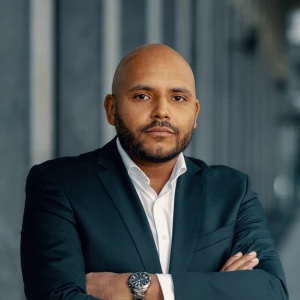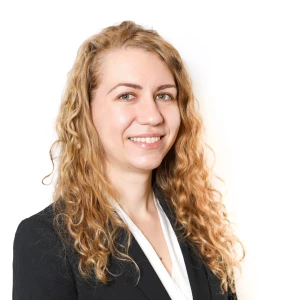Our client is a large producer of PET. PET is a type of plastic that is used mainly for producing bottles, such as the ones you find in grocery stores. The main component of PET is PTA. Our client has a PET plant in the US and serves clients both in the US and Europe. They have made the decision to build a PET plant in Europe to be closer to the clients. They have asked you to evaluate whether they should also backward integrate and purchase a PTA plant and locate both plants next to each other.
How would you structure this ?


Hi Anonymous,
this is a strategic investment decision. A very clear approach would be:
1. Core Question: "Should the client invest into purchasing a PTA plant next to the new PET plant in Europe?"
2. Identify criterion to make this decision: The additional value we can create over the client's investment horizon has to be significantly higher than the investment cost. Moreover, the risks need to be manageable.
3. Compile base information: Purchasing Price of PTA plant / yearly operating cost of PTA plant if purchased / capacity of PTA plant vs. PTA need / investment horizon of client
4. Deep dive into the value bucket by menas of a profitability tree: what are the levers of value here? Compare Scenario A (PTA plant in Europe) to Scenario B (no PTA plant in Europe). Probably the value lever lies on the cost side: how much savings potential due to decreased/eliminated transport costs? How much savings due to eliminated import tariffs? etc.
5. Calculate annual value (delta between Scenario A and B). If a PTA plant in Europe indeed increases annual profits by a certain amount, you then divide the purchasing price of the PTA plant by this additional yearly profit. This gives you the break even point (point in time after which the investment becomes profitable). If this point comes earlier than the investment horizon, then this is a beneficial investment and the client should proceed with the purchase (purely based on financials).
6. Don't forget to compile potential risks and mention them in your summary
Cheers, Sidi
_______________________
Dr. Sidi Koné
Former Senior Engagement Manager & Interviewer at McKinsey | Former Senior Consultant at BCG | Co-Founder of The MBB Offer Machine™




Lots of great answers below.
Adding another resource on structuring techniques for any candidates looking into this topic:
Best,
Cristian















